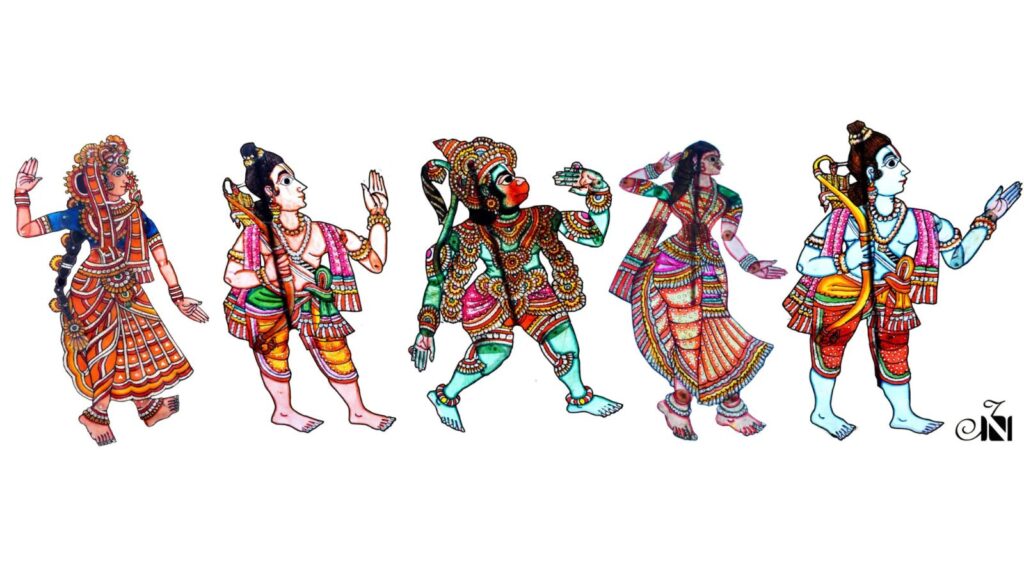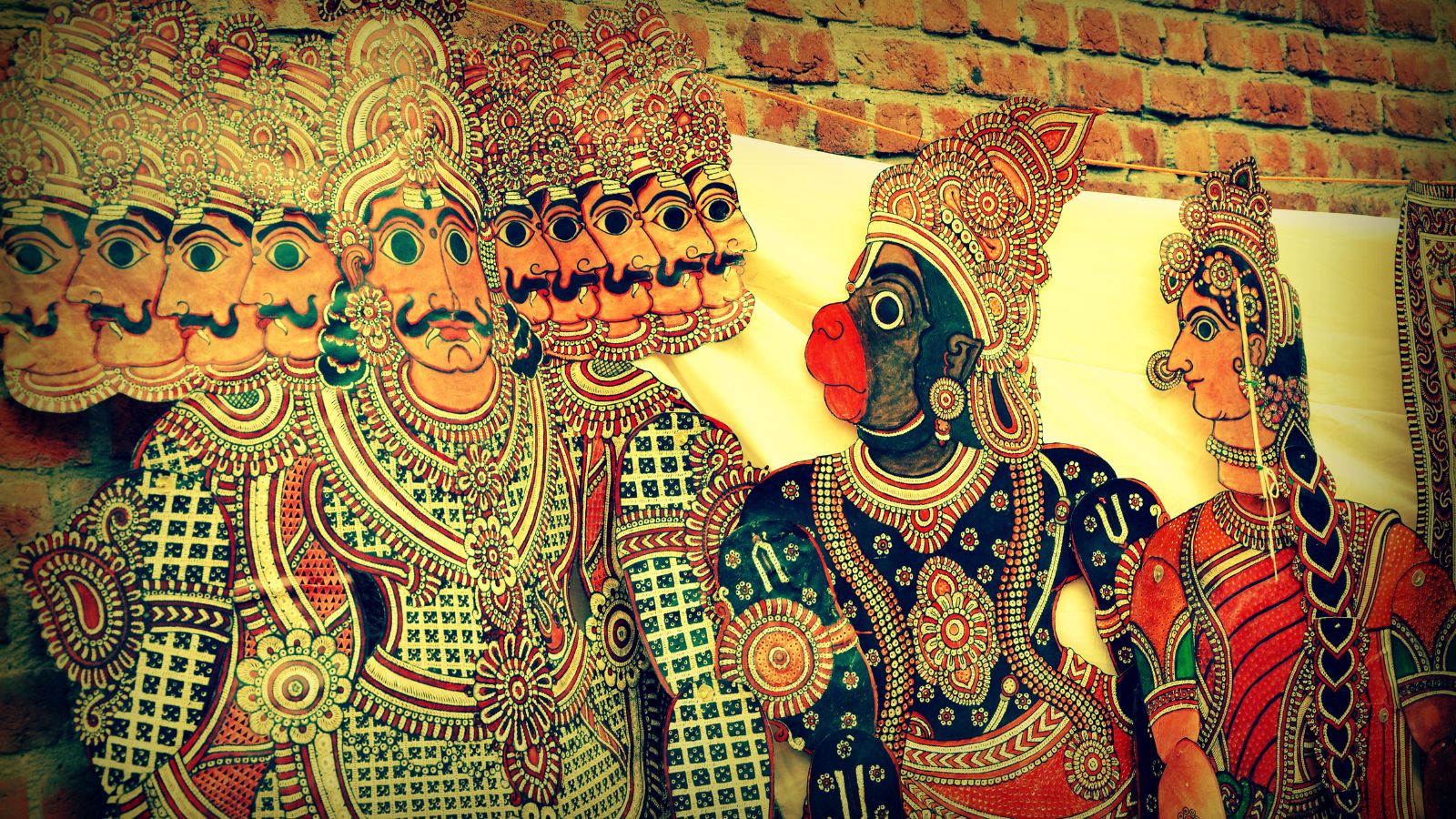Tholu Bommalata, literally “leather puppet show” when translated from Telugu, is a centuries-old shadow puppetry tradition from Andhra Pradesh. Believed to have originated during the Satavahana period and flourishing under the Vijayanagara empire, it served as a powerful medium for storytelling in villages.
The puppets are made from translucent, treated goat leather, intricately perforated, painted with natural dyes, and jointed for expressive movement. Performances, held at night, use a white screen and a backlight or oil lamp to cast shadows of the puppets while artists narrate epics such as the Ramayana, Mahabharata, and Puranas, accompanied by percussion and reed instruments. This blend of visual art, music, and theatre conveyed both entertainment and moral instruction.
Nimmalakunta’s role in preserving a vanishing art
Nimmalakunta village in Anantapur district is a key center of this tradition, where over 60 families have practiced it for generations. The artisans belong largely to the Chitrakara or Aare Kapu community and retain elements of Marathi speech and customs from their migratory past. While Narasaraopet in Guntur also contributed, Nimmalakunta remains the most active hub. The puppets continue to be made using traditional techniques, with symbolic colors—blue for Rama or Krishna, green for Hanuman, yellow for sages.

Recognition and the road ahead
The cultural and artistic value of Tholu Bommalata was formally recognized when “Andhra Pradesh Leather Puppetry” received a Geographical Indication (GI) tag in 2008. However, the tradition has seen a decline in full-length performances due to the rise of modern entertainment and diminishing patronage. Many families have shifted to crafting decorative items like wall hangings and lampshades inspired by puppet designs, allowing the craft to “evolve” while keeping its core alive. Master puppeteer Dalavai Chalapathi Rao of Nimmalakunta was awarded the Padma Shri in 2020, underscoring national recognition of this art form.
Tholu Bommalata was a medium of mass communication in pre-literate times, spreading religious values, moral lessons, and mythological stories to remote corners of society. The delicate balance of craftsmanship, performance, and storytelling gives Tholu Bommalata its place among India’s most memorable and at-risk folk arts.
Image Credits: Wikimedia Commons, JewelryNarratives.com



